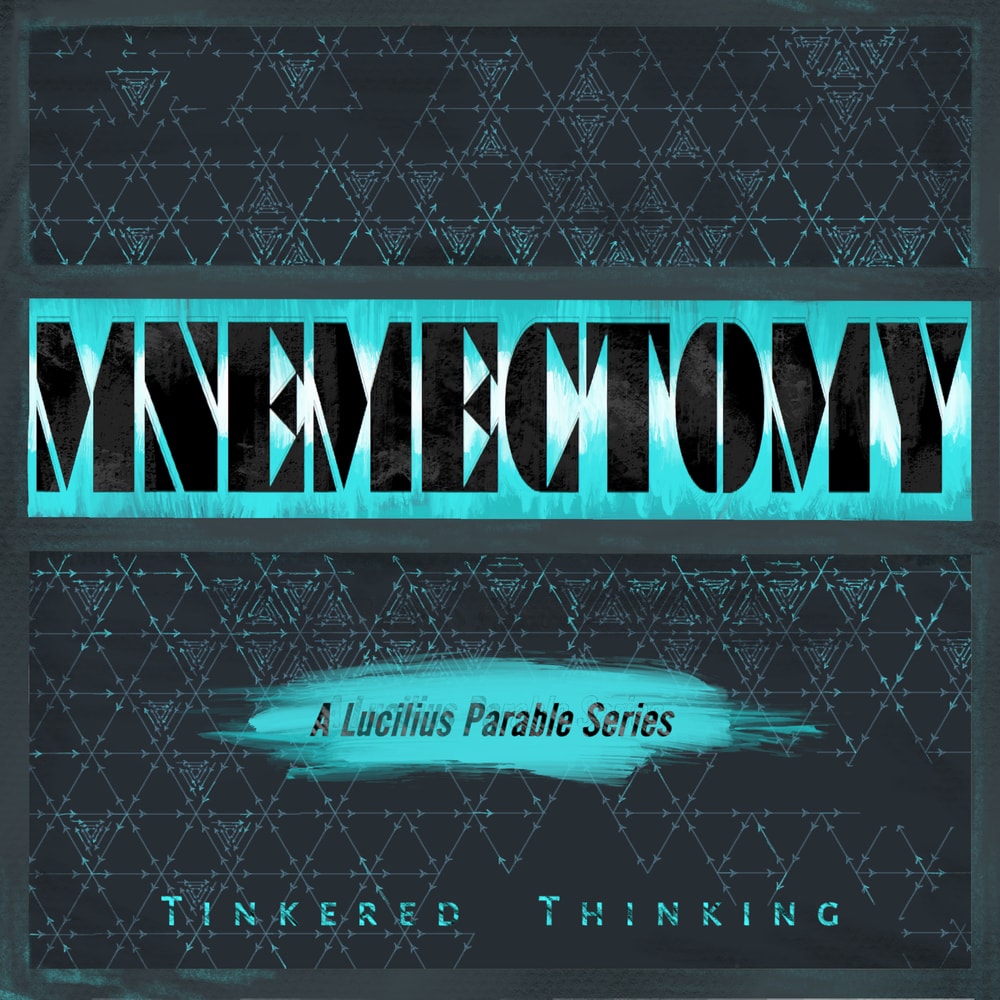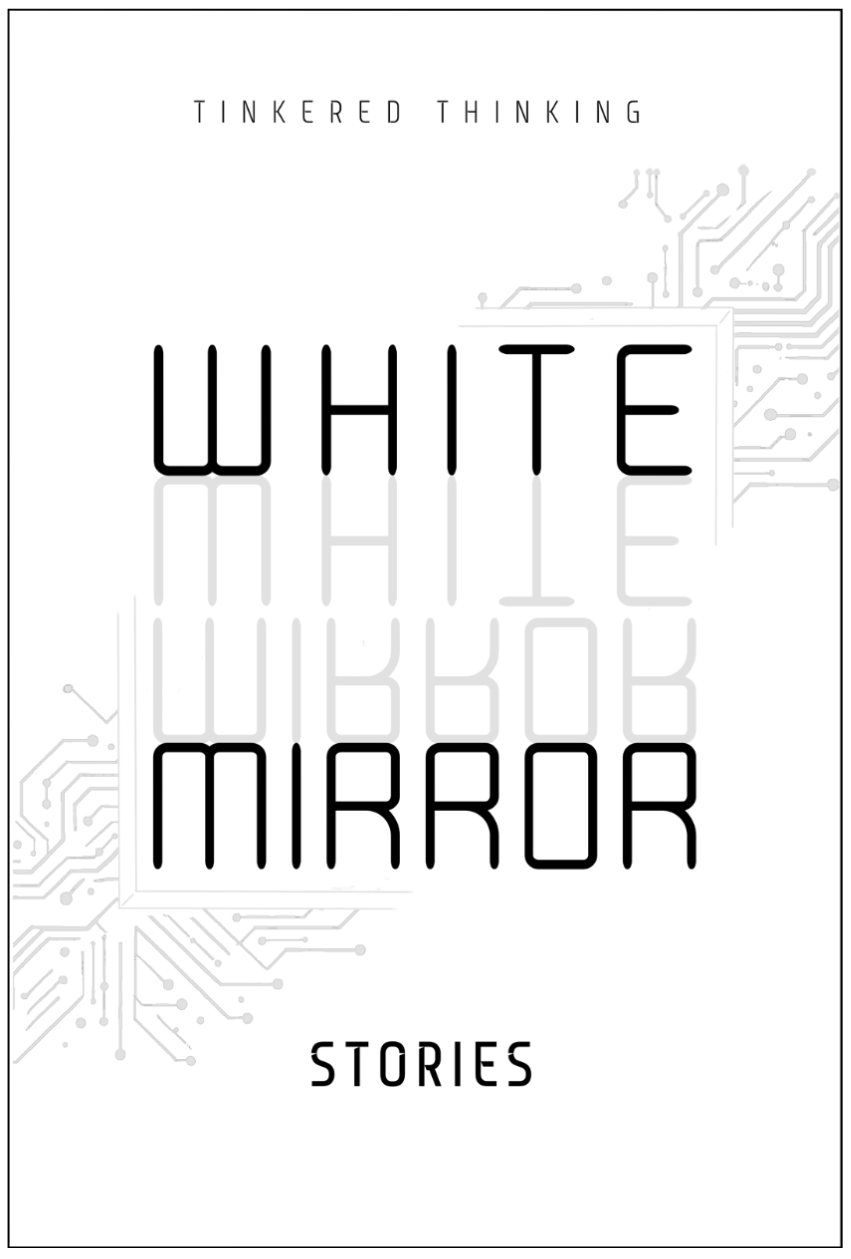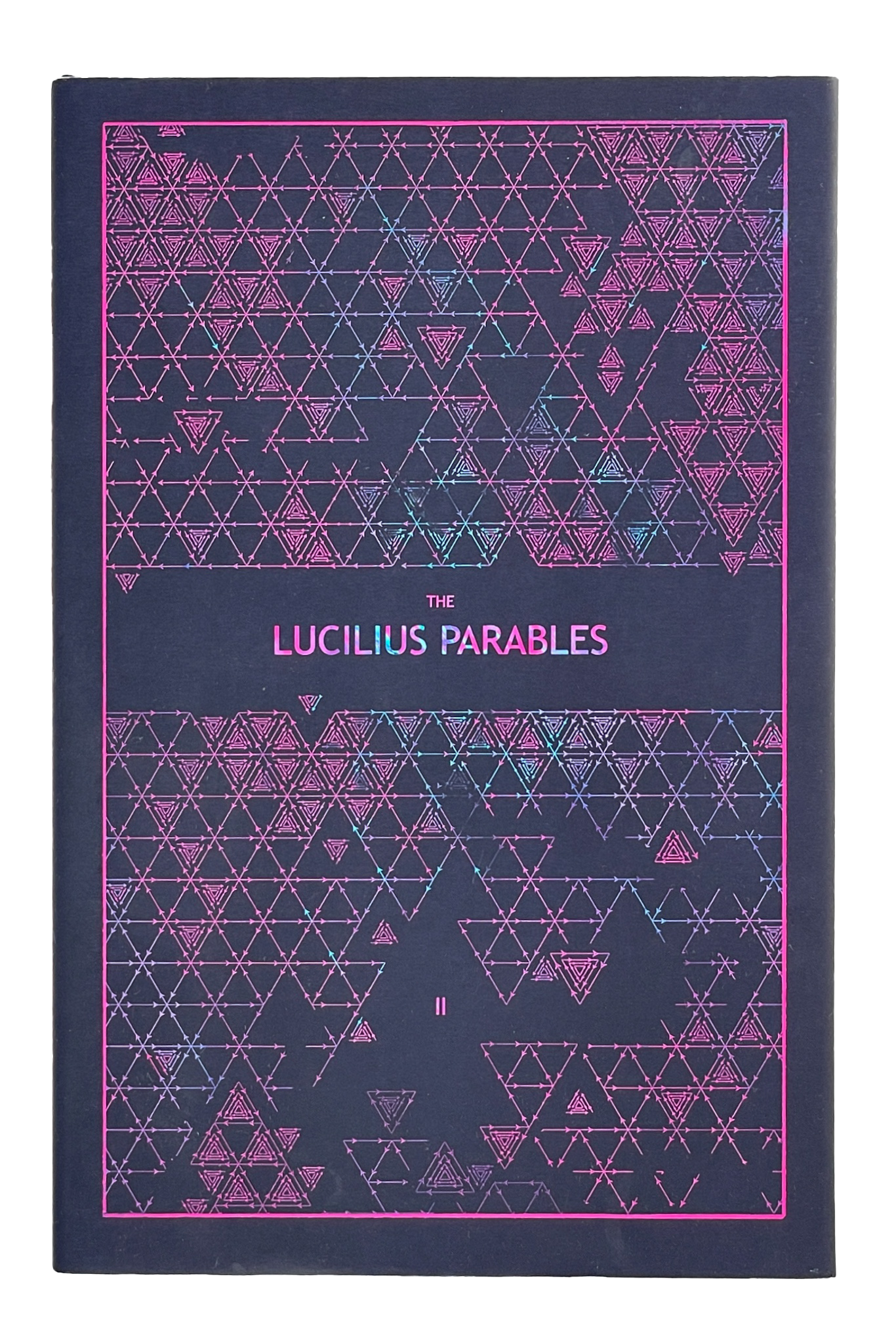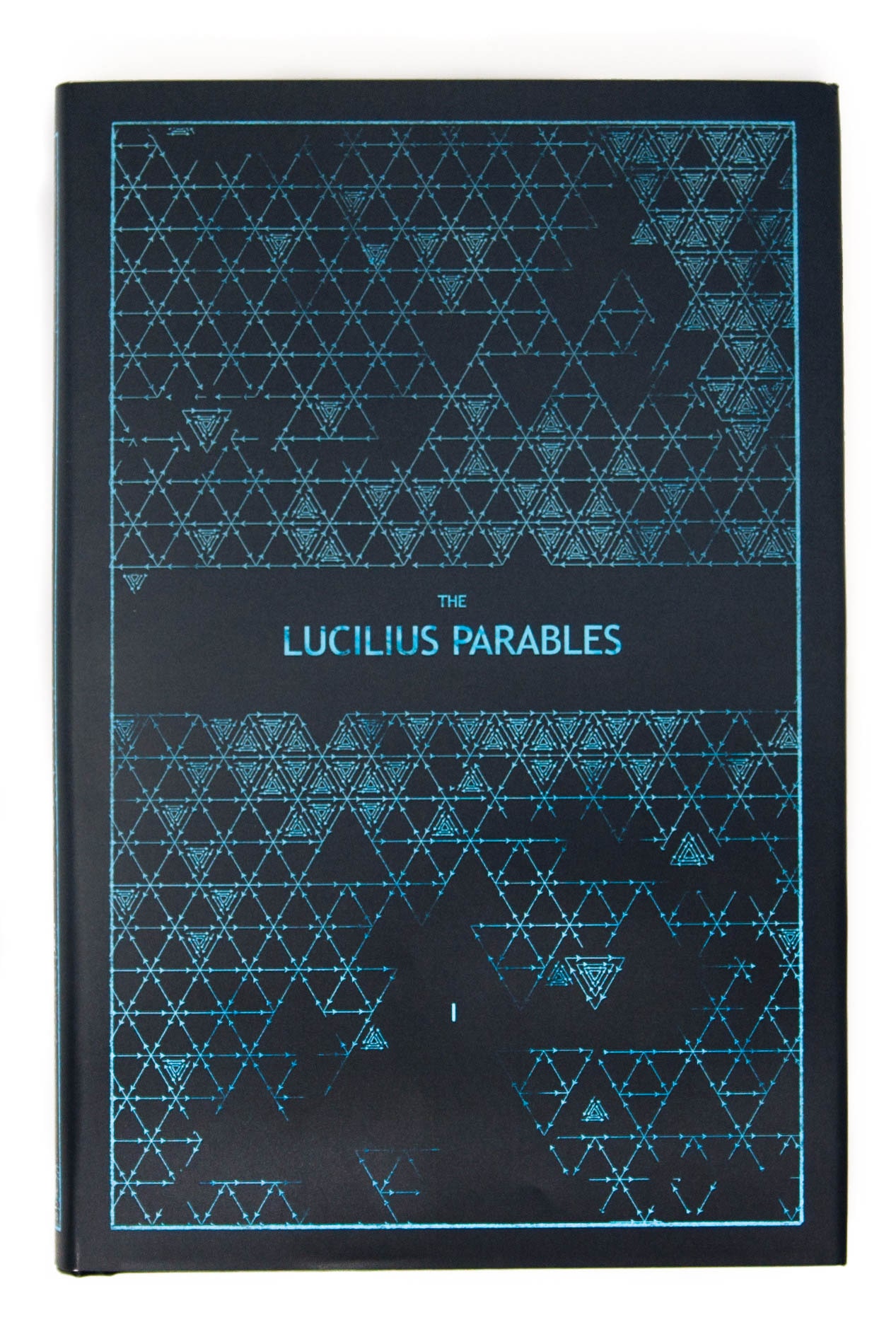Daily, snackable writings to spur changes in thinking.
Building a blueprint for a better brain by tinkering with the code.
subscribe
rss Feeds
SPIN CHESS
A Chess app from Tinkered Thinking featuring a variant of chess that bridges all skill levels!
REPAUSE
A meditation app is forthcoming. Stay Tuned.
COCONUT
September 11th, 2018
Most of us know how to catch a monkey with a coconut, but the trick as an analogy for the mistakes we make as individuals might benefit from some mapping with real examples.
If you are one of the few people who has not learned how to catch a monkey wit ha coconut, it goes like this: You hollow out a coconut and leave a hole that is just big enough for a monkey to fit their hand through. Then you put some food in the coconut and leave it tethered down where a monkey will find it. A monkey will then reach into the coconut and grab the food, but because their hand is holding the food and forming the shape of a fist, the monkey can no longer pull their hand through the small hole. Even when a hunter is approaching the monkey to capture it, the monkey will still stubbornly hold on to the food while trying to pull out their hand. The mistake is clear and obvious to a human: just let go of the food, take your hand out and run away.
From our point of view, the problem is a simple mechanical problem that we can see very very easily.
We would benefit to ask if there are any problems we have that could be solved just as easily if we could look at it from a different perspective, in the same way that a monkey would easily avoid capture if they could see the problem from our perspective.
What are the coconuts in your life?
Here’s an easy example: That box of donuts getting passed around at work. Do we always grab one? This is a surefire coconut problem. Tens of thousands of years ago, there was very little sugar and carbohydrates available for human consumption. These dietary possibilities were certainly sought after and readily consumed when found because they are packed with energy, and energy was in tight supply back in the day. Technology, via the agricultural revolution and subsequent developments with food production have allowed our species to surround and drown ourselves in these dietary categories. The result? Uncomfortably super-sized humans that suffer increasingly worse health.
The desire to grab the donut is ancient.
It is strongly wired into our biology in the same way that the monkey holds tight to the food in the coconut that keeps it trapped.
If we are unhappy with our body, we can label that body and our unhappiness as a coconut. The food in the monkey’s fist need no analog. It is the donut we grab at work. The quick candy bar in the check-out aisle. The cheeky beer after work. The lump of sugar in the coffee. The frappe-crappa-cino or the Care-not-me-mock-me-otto from Starbucks. That creamy bowl of pasta. The dirty piece of pizza when the vegetables in the fridge feel like a chore to cook after a long day at work.
The difficulty with the coconut in our lives is that it is not as easy to see. It is not a straight-forward mechanical problem as it is with the monkey. The coconut we have to deal with is more abstract and spread out over space and time as a collage of decisions that we make. We think it has to do with willpower. If only we had more willpower, then we could make the better decision every time. But this is a farce. Something we say to quell our itch to fix things. A lie we tell ourselves so that we can keep travelling in the same RUTS and going to the same places.
Such a coconut requires some strategic thinking. Compare for example, the cultural image of the chef with the cultural image of the yoga teacher. One is clearly larger. While not all chefs are larger than yoga instructors, the majority of chefs have some extra weight. Is this because such people have less willpower? According to the lie we enjoy telling ourselves, this is the answer. But the comparison reveals the true nature of the difference.
The difference is the environment.
The yoga instructor is more likely to spend time in places and in a general environment where making the better dietary choice is easy. Willpower is not a question, it’s a question of what’s available. A yoga studio would not last long if it has complementary pizza and donuts before and after every class.
The environment of the chef, on the other hand, is replete with opportunity for poor dietary intake. A chef most likely spends a good deal of time preparing the sort of food that will attract customers to a restaurant. Competition with other restaurants creates a high probability that this food will appeal to our deepest instinct, and the desire to grab the donut is ancient. In summary, the chef is going to be surrounded with foods of high-energy density: carbs and sugar. Constantly preparing and tasting such food is going to have an obvious effect on the body if given enough time.
Such a chef might solve the problem of the coconut by cracking it and instituting a habit of intense resistance training which would build a body that could effectively handle such a load of food.
Or the chef could solve the coconut by letting go of the sort of food they cook and look for a different environment: say, cooking for a high-end yoga studio. Such an environment would demand a totally different sort of fare, and such cooking would naturally take a positive toll on the chef’s body.
How do we identify the coconuts in our life? Easy. What are you unhappy about?
There’s your coconut.
How do you solve that coconut? How do you pull your hand out or crack it?
That’s what the rest of Tinkered Thinking is for. Stay tuned.
This episode references Episode 125: Rut.
-compressed.jpg)





